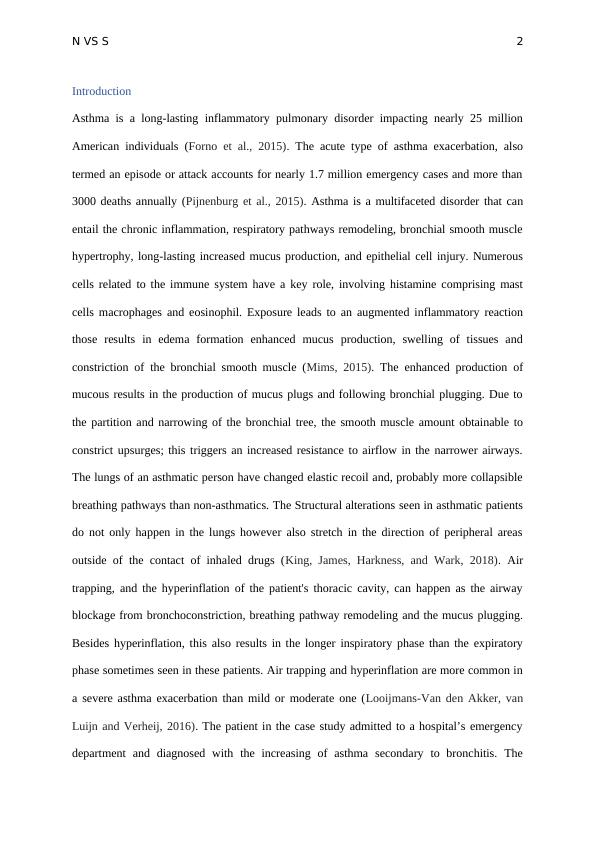Nebulisers or spacers for the Administration
Added on 2022-09-02
8 Pages1923 Words27 Views
End of preview
Want to access all the pages? Upload your documents or become a member.
Acute Exacerbation of Asthma Assignment 2022
|8
|2358
|22
Meet Irene Joseph Presentation 2022
|7
|1485
|18
Understanding Asthma: Etiology, Diagnosis, Pathogenesis, Treatment and Prevention
|13
|2528
|390
Meet Asherine Power Point Presentation 2022
|7
|1236
|18
Pathogenesis of Severe Acute Asthma: Understanding the Mechanisms and Nursing Priorities
|8
|2078
|347
MAJOR PATHOLOGICAL CHANGES IN PATIENT WITH ASTHMA INFORMATION 2022
|7
|991
|29


